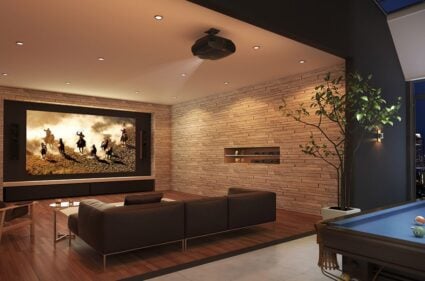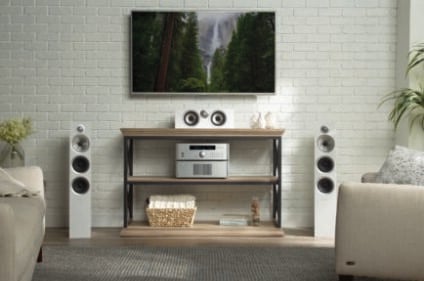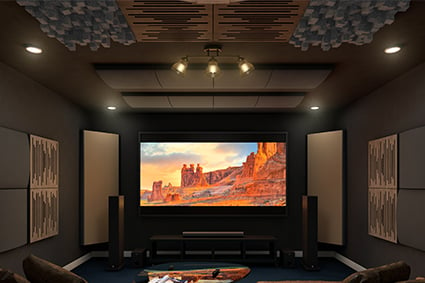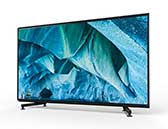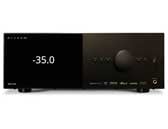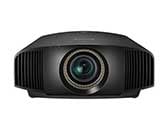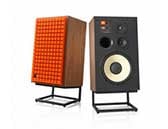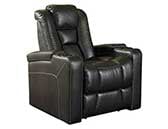Not Setting Up and Calibrating Your System Properly
All of that great home theater gear you purchased is similar to a bag full of groceries. It does not become a complete, delicious meal unless you have the skills to cook it to perfection.
Luckily, for home theater enthusiasts, calibrating your system has gotten far easier than in the past. Just about every home theater receiver now has a way to self calibrate using a microphone included in the box. It usually takes less than 10 minutes to run a calibration and the change can be simply amazing in most systems. Please do not skip this step and if you are smart, you will look at the settings afterward to make sure they seem reasonable — especially from a distance standpoint.
Another important part is setting up the inputs and outputs so you will get full surround sound. Some devices default to sending out just LPCM which is only a stereo signal. For the best surround sound experience, you’ll want to make sure anything in your system sending out sound is set to output either Bitstream or the highest level Dolby signal shown on the menu.
One final catch is setting up the inputs on your home theater receiver. Most of them default to just playing stereo or all channel stereo when a stereo signal is present. Many sports and news feeds will only send out stereo. Your receiver though can improve the sound by upconverting it to Dolby Surround. Auto calibration will not do this part, you will need to go into the menu for each input and make sure it defaults to a better surround mode when a stereo signal comes in.
Video displays have all gotten so good that if you set up the mode for movies or reference, you will not really need to do anything else.









